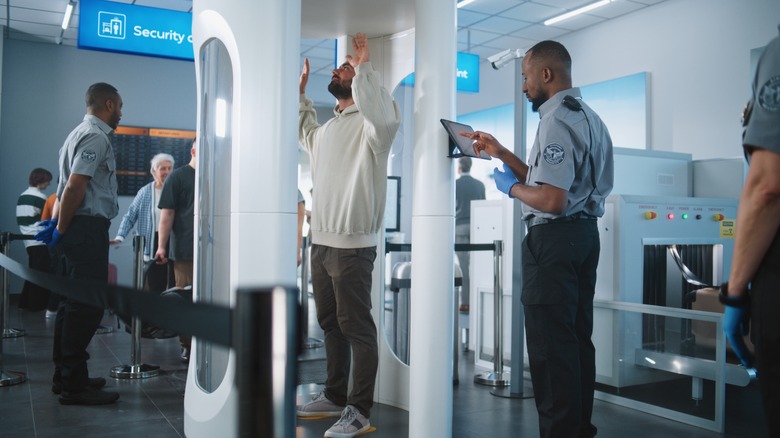Tips to Help You Navigate Airport Security More Efficiently
Airports are typically bustling environments, and no one wants to spend extra time dealing with security checks on a busy travel day. To make the process smoother, it’s wise to learn about best practices for getting through airport security. For instance, travelers with strollers or car seats may find that there are specific guidelines to follow.
One positive change in recent years is that the Transportation Security Administration (TSA) has removed the requirement for most passengers to remove their shoes during security screening. This adjustment can help speed up the process, but there are other factors that might slow you down—some of which are beyond your control, especially if you’re traveling during the summer months.
Sweating, particularly in more sensitive areas, can interfere with the scanning technology used at airports. The millimeter wave machines, which require you to place your hands above your head, use radio waves to create a 3D image. These images are then reviewed by TSA agents who look for dense areas. If moisture from sweat alters the density of clothing, it could cause the machine to trigger an alarm.
According to a TSA spokesperson, “Added moisture from a person’s body can alter the density of clothing, so it is possible perspiration may cause our Advanced Imaging Technology machines to alarm.” If this happens, the passenger may need to undergo additional screening, such as a pat-down in the area where the AIT alarmed. These alarms are often triggered by sweat in the armpit and groin areas, which can lead to potentially embarrassing situations requiring one-on-one attention from a TSA agent.
While pat-downs are a standard part of the security process, they can be uncomfortable and humiliating. Flying itself can be challenging when it comes to bodily functions, with long lines for restrooms both on the ground and in the air. There are even some unexpected scientific reasons why people tend to pass more gas on planes, and it’s not always something you can control.
The idea of worrying about how much you’re sweating adds another layer of stress to an already tense situation. However, once you’re flagged for extra screening by the TSA, compliance is necessary. Fortunately, there are steps you can take to reduce the chances of triggering the scanner.
As someone who frequently goes through airport security, I’ve found that managing body temperature and sweat is essential. Using deodorant isn’t just a basic hygiene step—it can make a significant difference. While most people apply it under their arms, those prone to groin sweat may benefit from using an all-body deodorant to stay dry. Choosing the right clothing also plays a role in staying cool; opt for natural fibers like cotton or moisture-wicking fabrics. Finally, stress can increase sweating, and nothing is more stressful than worrying about missing a flight. Effective time management can be the most valuable tool in avoiding unnecessary attention from the TSA.
By taking these precautions, you can improve your comfort and reduce the likelihood of encountering extra scrutiny during your airport security screening. Whether you’re a frequent traveler or making a single trip, being prepared can make all the difference in ensuring a smoother experience.



